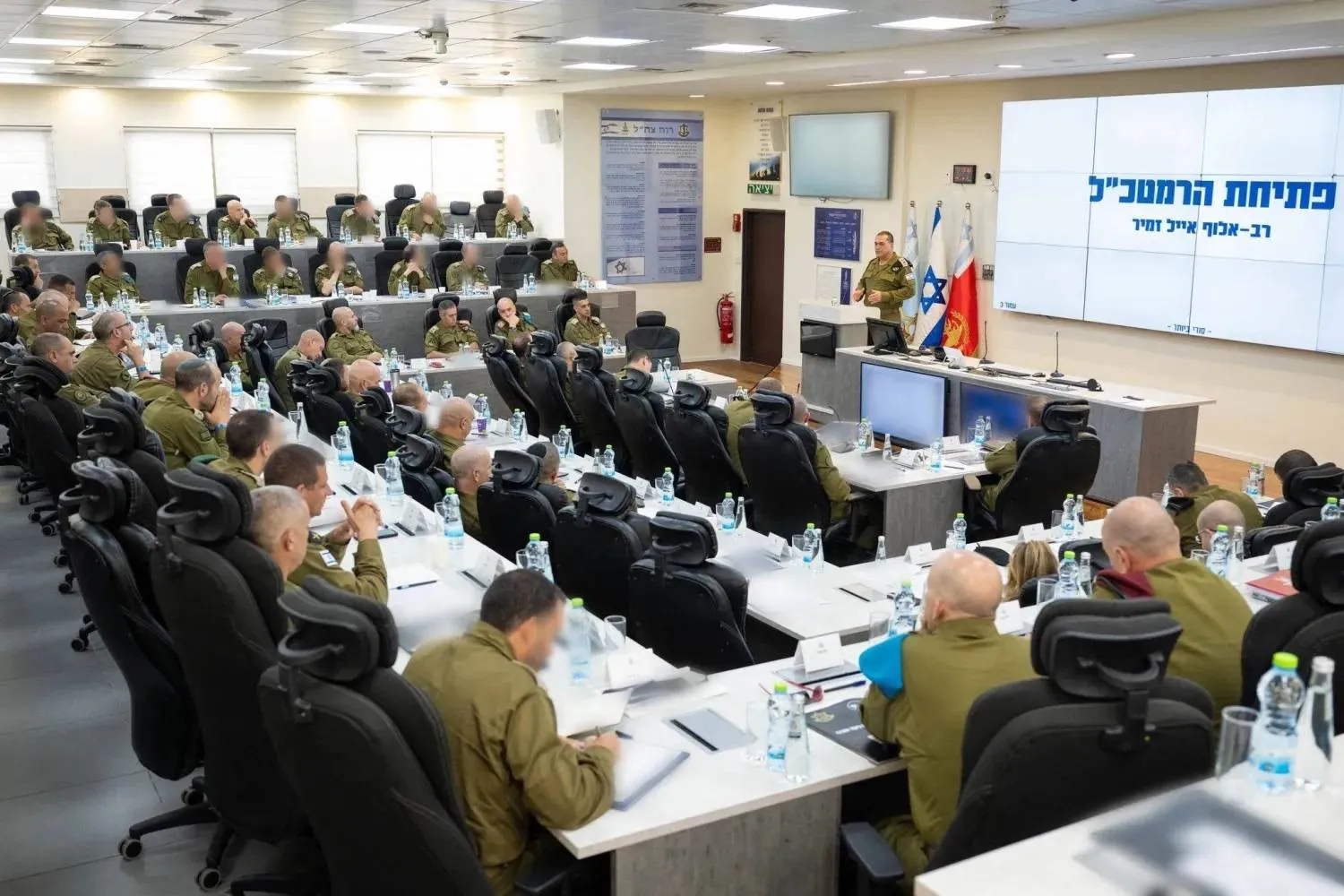Israel’s military staged surprise drills this week to prepare for a possible attack by Iran and its ally Hezbollah, a day after Defense Minister Israel Katz threatened to repeat a deadly June strike in Tehran and target Supreme Leader Ali Khamenei.
Iran’s armed forces chief Major General Abdolrahim Mousavi said on Tuesday the country was at full combat readiness to counter any new aggression with a “stronger and more decisive” response. “The US and the Zionist entity have a history of breaking promises,” he told reporters.
Army commander Amir Hatami accused Washington and Israel of violating international law during recent attacks on the country, saying they used “all their capabilities” but failed to achieve their objectives.
“Their defeat in the face of Iranian missile strikes forced them to request a ceasefire,” he said.
Defense Minister Aziz Nasirzadeh said Iran had responded “firmly and powerfully” to Israel “in accordance with its legitimate right,” to the point that “the enemy requested a ceasefire through certain mediations, which we accepted to prevent escalation.”
“We are closely monitoring enemy movements and remain ready for any new adventure,” he added.
The three senior Iranian commanders made their remarks in separate meetings with General Rudzani Maphwanya, chief of South Africa’s National Defense Force, who is visiting Tehran.
Israel’s Maariv daily said Israel’s military and security establishments were bracing for the possibility of a sudden, severe Iranian strike on multiple fronts.
Monday’s unannounced drill, led by Chief of Staff Eyal Zamir, carried two messages: “to Iran and Hezbollah that Israel sleeps with one eye open,” and to test the highest alert levels of the army, Mossad and Shin Bet, reported Maariv.
Prime Minister Benjamin Netanyahu did not rule out a surprise Iranian attack “as a form of revenge,” saying: “This requires total vigilance. We are ready for every scenario. The Iranians are preparing for different scenarios; I will not elaborate.”
Maariv said Israeli officials fear Iran may attempt a swift strike in the near future, possibly before a new military operation in Gaza, to shape a “new narrative” on the war’s end. It said the conflict had changed Hezbollah’s standing in Lebanon and altered the Iranian regime’s position at home, pushing both to prove they have not lost.
Israel, it added, is watching for signs Tehran may rebuild its nuclear infrastructure, resume ballistic missile production, and intensify efforts to detect Israeli intelligence infiltration. Iran is also challenging Israel with daily cyberattacks.
The Mossad and Shin Bet are processing a surge in warnings about planned attacks on Israelis and Israeli targets worldwide, while military planners remain wary of potential new fronts from Syria and Jordan, as well as Houthi provocations from Yemen.
Defense Minister Israel Katz renewed his threats against Khamenei after channels linked to the Revolutionary Guards’ Quds Force published a Hebrew-language graphic listing top Israeli officials as assassination targets, labelling Katz “minister of terror.”
“I suggest to Iranian dictator Khamenei that when he leaves his hideout, he occasionally lift his eyes to the sky and listen carefully to every buzz,” Katz wrote on X, apparently referring to Israeli drone activity.
The image echoed Israeli army graphics announcing the killing of Iranian military leaders, listing them in hierarchical order.
Katz told Khamenei “participants in the ‘Red Wedding’ are waiting for him,” referring to the June 13 Israeli strike in Tehran that killed a large number of senior Iranian commanders, including armed forces chief Mohammad Bagheri, Revolutionary Guards commander Hossein Salami, missile unit head Amir Ali Hajizadeh, and operations chief Gholam Ali Rashid.
Katz has made similar threats throughout the war. US President Donald Trump said at the time he knew Khamenei’s exact location, but had not authorized Israel or US forces to kill him.







